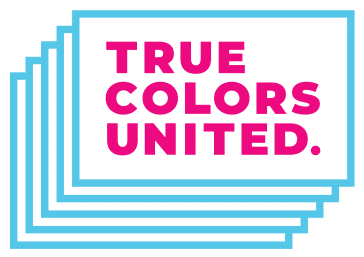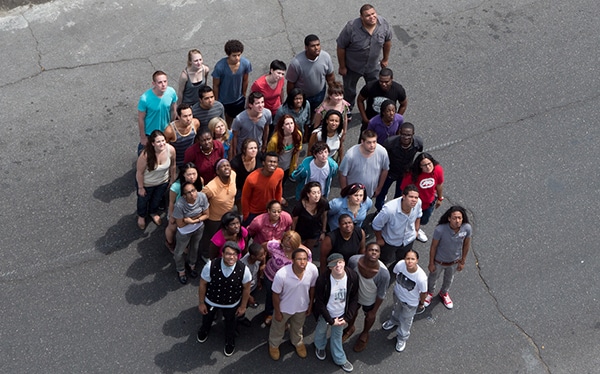The Department of Housing and Urban Development (HUD) requires Continuums of Care (CoCs) to count the number of people experiencing homelessness in the geographic area that they serve through a Point-in-Time count (PIT). The PIT count typically takes place during the last ten days in January and includes people served in shelter programs every year, with every other year also including people who are unsheltered.
The HUD PIT count is the main data source used for measuring progress in meeting the goals in Opening Doors: the Federal Strategic Plan to Prevent and End Homelessness, and collects important data on the general population of people experiencing homelessness and subpopulations of people experiencing homelessness, including Veterans, families, chronically homeless individuals, and YOUTH.
Why should we count LGBTQ youth?
Including LGBTQ youth in your community’s PIT count is an important first step toward getting better data on youth so that appropriate supports and systems of care can be developed. The idea is simple: if know how many LGBTQ youth experiencing homelessness there are, we can better respond to their needs.
According to our report, 94% of homeless youth service providers surveyed reported working with lesbian, gay, and bisexual youth and 75% reported working with transgender youth. We know these youth are out there, we just need to know how many.
Tips for including LGBTQ youth in your community’s Point-In-Time Count:
Identify an LGBTQ serving organization in your community and invite them to the planning table.
These providers can provide valuable insights related to:
- Locating LGBTQ youth experiencing homelessness
- Promoting the count within the LGBTQ community
- Creating an environment where LGBTQ youth feel welcome
- Recruiting volunteers from the LGBTQ community
Bring all youth, including LGBTQ youth, to the planning table.
- LGBTQ youth can provide guidance about how to locate, identify, and engage other LGBTQ youth.
Location, location, location.
-
Make sure your volunteers are in places where LGBTQ youth congregate. These places may or may not be the same places where non-LGBTQ youth hang out.
Think about safety from a homeless LGBTQ youth’s point of view.
- The way that you conceptualize safety and the way that youth experiencing homelessness think about safety may vary. One example is police presence. For youth experiencing homelessness, traveling to locations where security guards or police officers keep watch may be a significant deterrent to participation. This may be especially true for LGBTQ youth, trafficked youth, and undocumented youth – all subpopulations that we need to ensure are represented in our PIT counts.
Provide a visual sign of inclusion
- LGBTQ youth may have experienced repeated rejection based solely on how they identify. As such, they may be less likely to self-identify as LGBTQ when participating in the PIT count.
- You can provide a visual cue that you and your organization are safe, inclusive, and affirming. This may be in the form of a sticker on the back of the survey administrator’s clipboard, or a poster inside the organization/community space.
If you’d like to use the stickers we made, you can order them for FREE here.
Train staff and volunteers on the importance of asking about sexual orientation and gender identity, and have them practice saying the words out loud.
- In the past, some interviewers have reported being uncomfortable asking questions about sexual orientation and gender identity. It is important that those administering the survey understand why these questions are important and are comfortable asking them.

